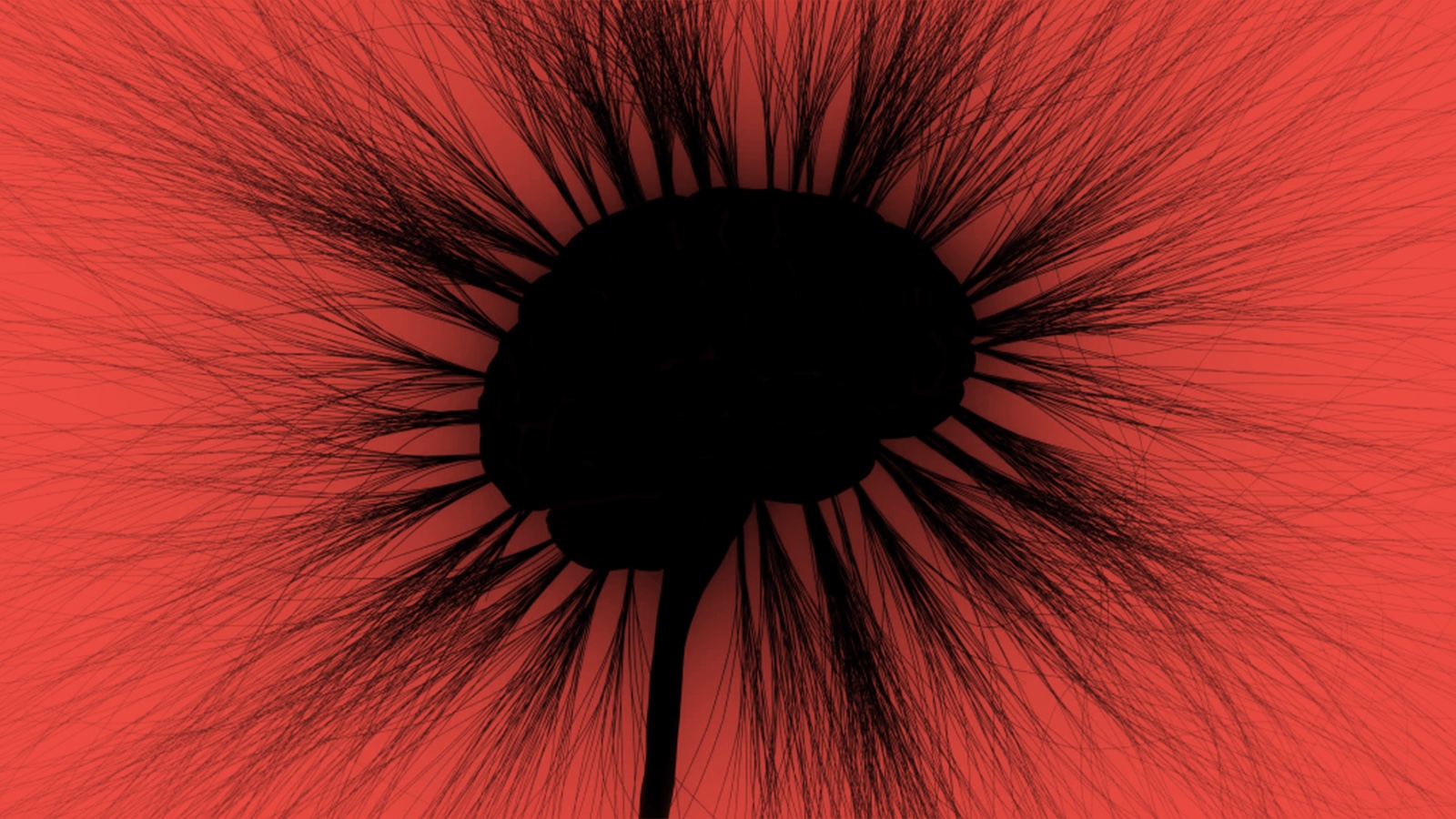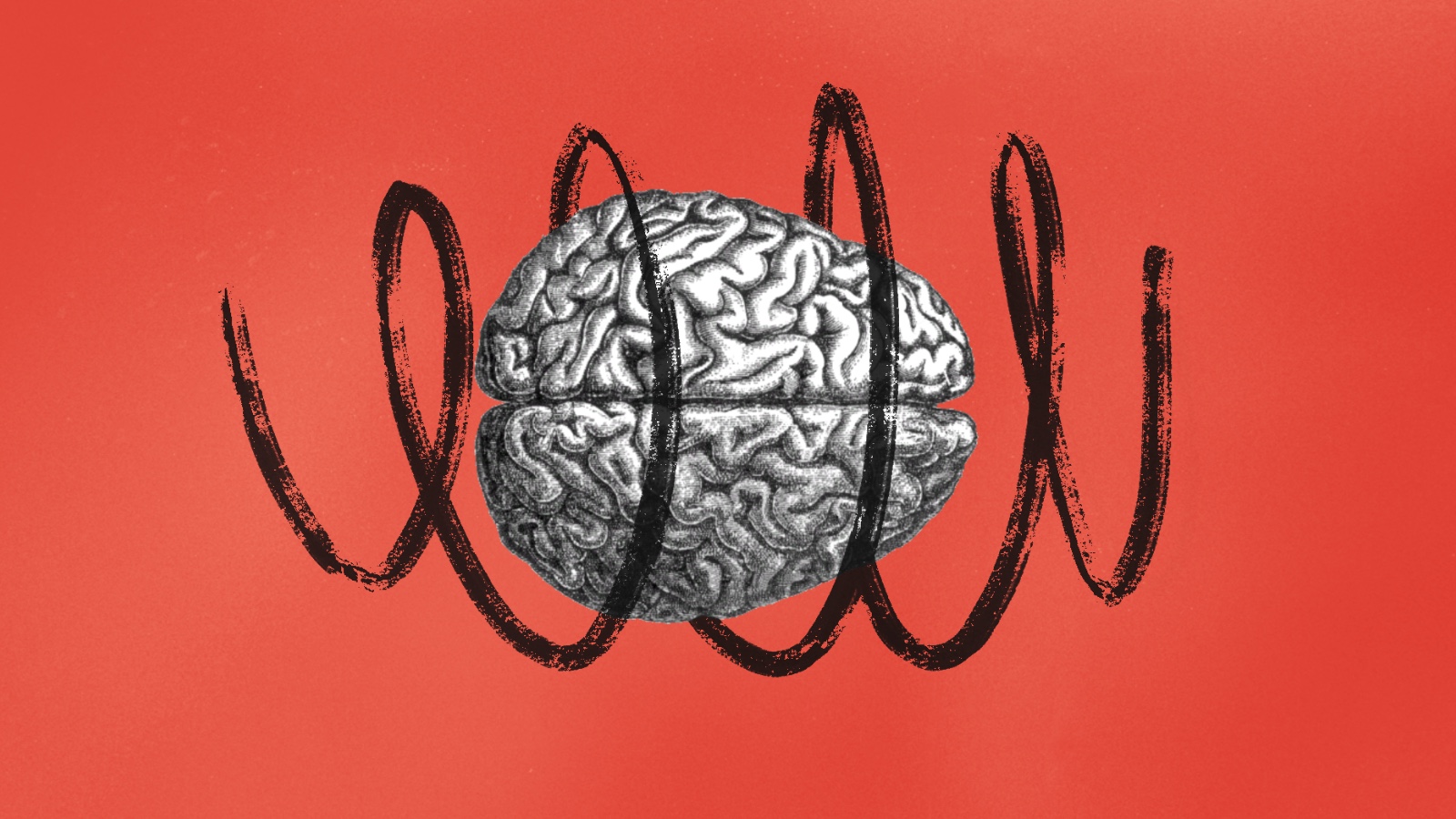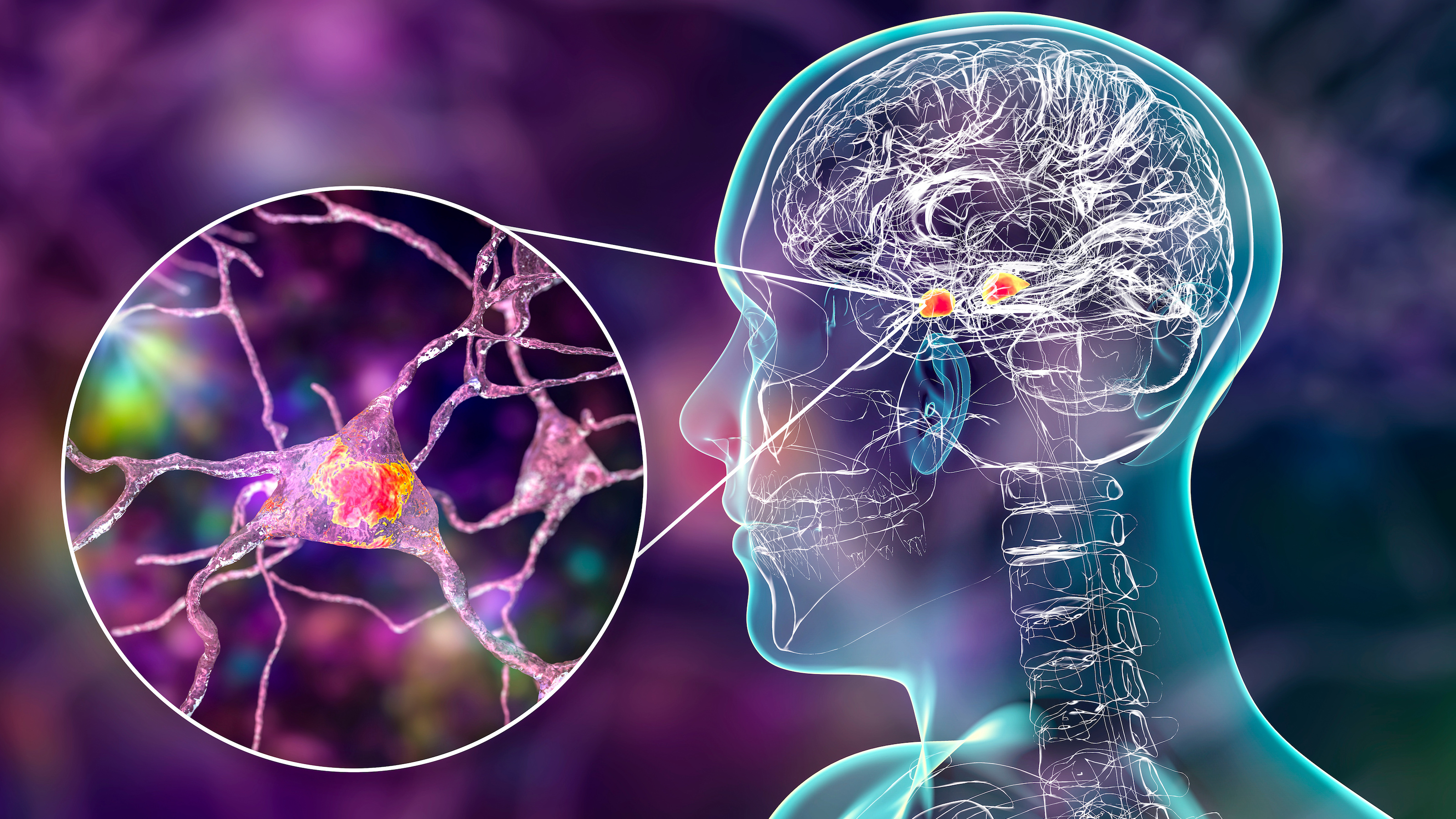Your brain is wired to detect fear, outside of your conscious awareness

- The ability to recognize fearful facial expressions may be critical to survival, as it enables us to detect potential threats.
- Researchers demonstrated that the brain can rapidly detect and process fearful faces that are otherwise invisible to the eye.
- There appears to be a neural pathway for detection of fear, which operates automatically, outside of conscious awareness.
Subcortical regions of the brain can rapidly detect and process fearful faces that are otherwise invisible to the eye, according to new research published in the Journal of Neuroscience.
Fearful faces
The ability to quickly recognize fearful facial expressions and other emotional signals may be critical to survival, as it enables us to detect potential threats. The amygdala is believed to play a central role in these processes.
The amygdala is a small, almond-shaped structure deep in the brain, located on the medial surface of the temporal lobe, which processes both positive and negative emotions. Brain scanning studies show that the amygdala is activated in response to fearful faces, even when they are not consciously perceived.
Previous studies did not measure brain activity in real-time, however, and so direct evidence for rapid fear processing in the amygdala was lacking.
A rare opportunity
Yingying Wang of Zhejiang University and her colleagues had the rare opportunity to record neuronal activity directly from the brains of 18 patients undergoing presurgical evaluation for drug-resistant epilepsy.
While neurosurgeons monitored their brain activity to identify the source of debilitating seizures, the researchers implanted microelectrodes into their amygdalae, visual cortices, and various other brain regions, and recorded the responses of individual cells to images of happy, fearful, and neutral facial expressions.
The researchers used low- and high-resolution images of the faces of 96 actors that were rendered invisible by a process called backward masking, in which each image is shown briefly, and then quickly followed by another image of the same color that does not contain a face.
Low-resolution images of fearful faces, but not of happy or neutral ones, evoked rapid cellular responses in the amygdala, but not in the visual cortex or other regions. The earliest responses of amygdala neurons occurred within one-tenth of a second, even though the patients were not consciously aware of having seen the images.
Thus, there appears to be a fast neural pathway for detection of fear, which operates automatically, outside of conscious awareness and without inputs from the cerebral cortex.
The subcortical pathway is highly sensitive to invisible images, which are too weak to evoke responses in the cerebral cortex, which is only activated by high-resolution images. This “low road” detects threats rapidly because it bypasses the cortex, where processing of fine-grained images takes longer and consumes more energy.
Rapid threat detection
The new findings, of course, do not rule out the existence of multiple pathways for rapid threat detection. Indeed, there may also be “short-cut” connections that process fear-related emotional information with minimal cortical input. How unconscious fear processing works and its impact on behavior continue to be an intriguing area of neuropsychological research.





